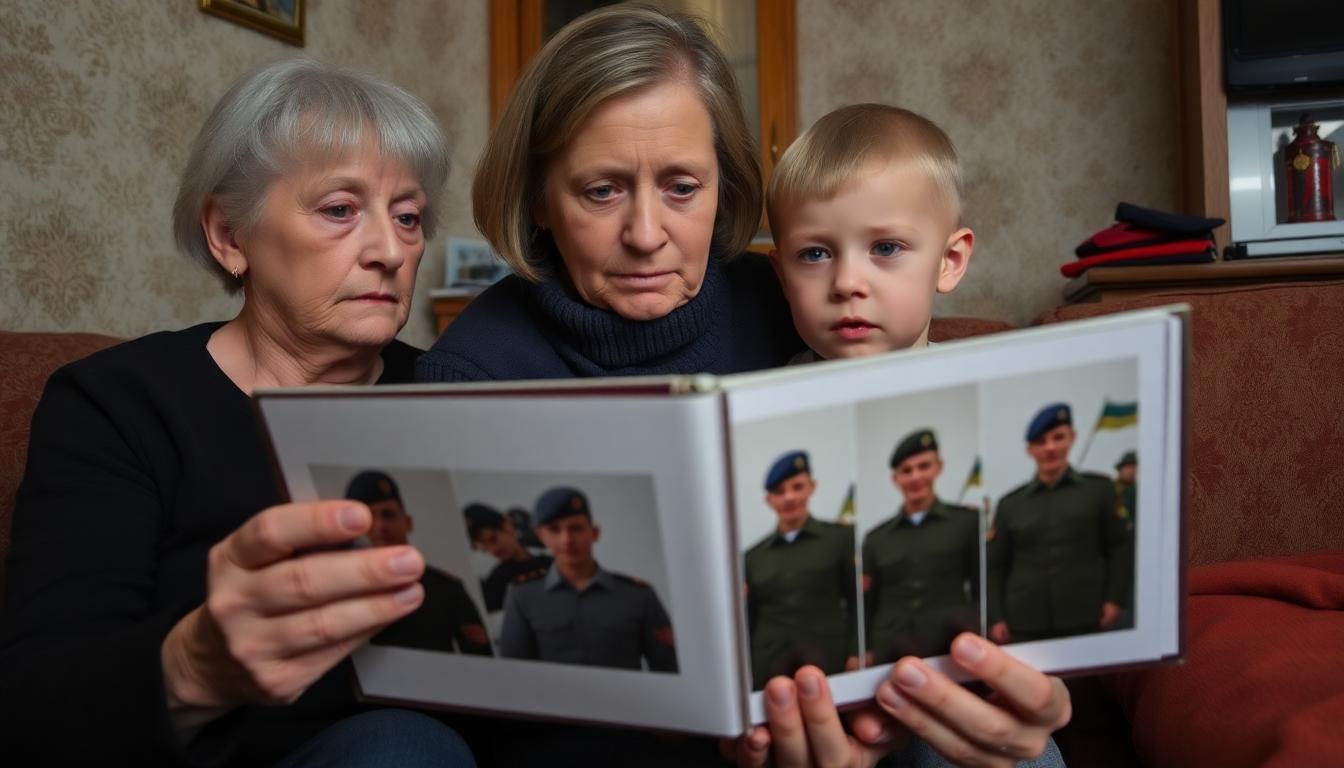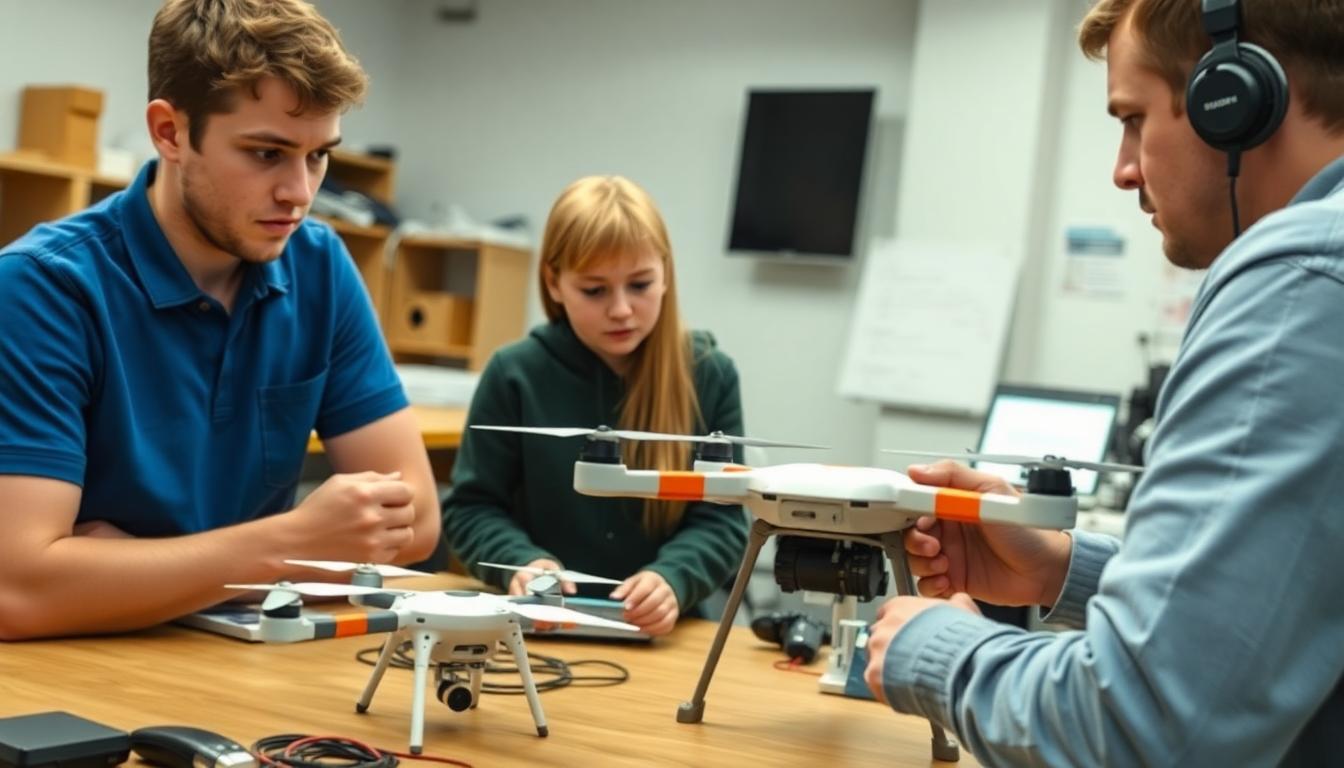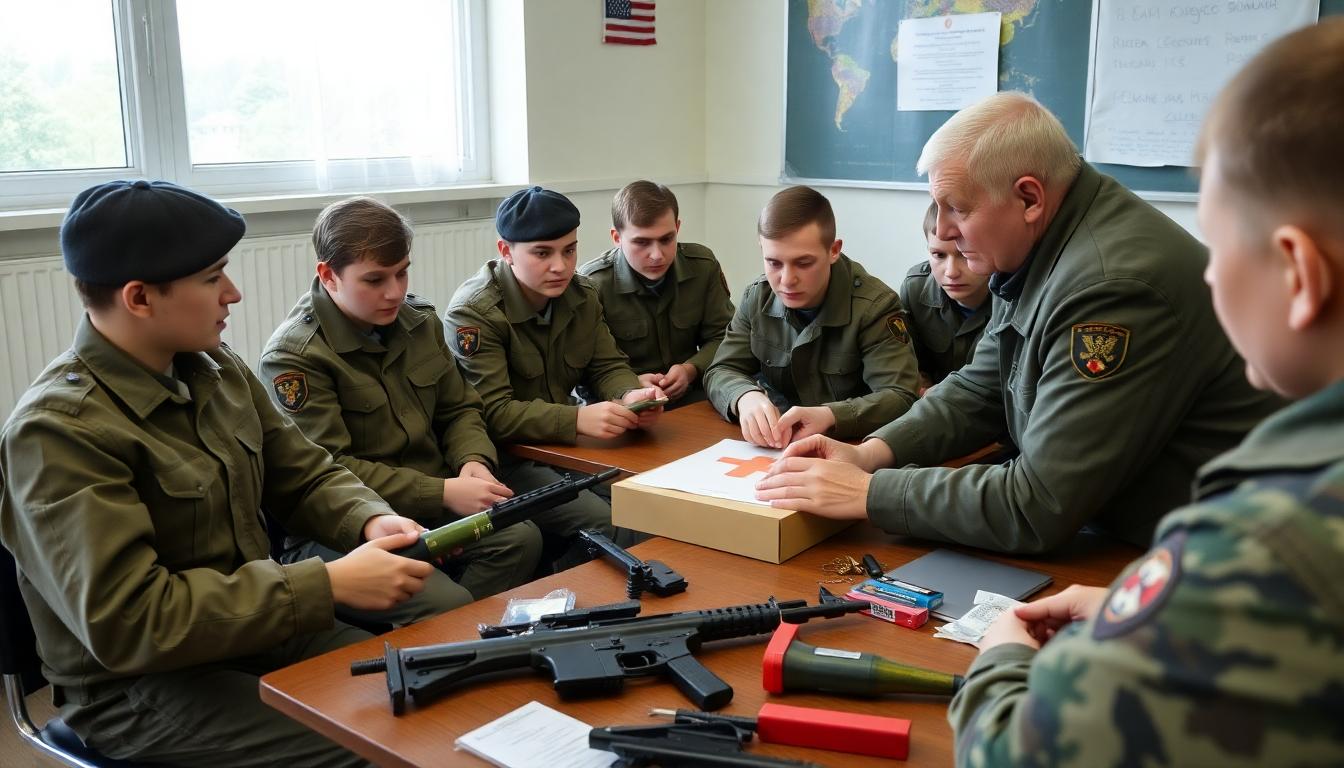Across Russia, a new generation of teenagers is facing the harsh reality of war. Despite repeated promises by President Vladimir Putin that 18-year-olds would not be sent to fight, reports show that teens—some still fresh from graduation—are signing military contracts and heading straight to Ukraine’s front lines. Behind the headlines are young lives changed forever, worried families, and a society wrestling with the effects of a long, grinding conflict.
How Are Russian Teens Being Sent to War?
Policy Changes and Recruitment
Since 2023, Russian lawmakers and military officials have quietly changed rules about who can join the armed forces. Now, school-leavers as young as 18 can be recruited directly. Military teams visit schools, set up booths at graduation ceremonies, and use social media to target teens with offers of stable pay, benefits, or even free schooling in exchange for contract service.
Officially, conscripts should not be sent to fight. But as the war grows more demanding, the number of young contract soldiers on the front has spiked. The reasons are complex: some teens want to serve out of pride or patriotism, others see limited job options at home, while some feel real social or official pressure to sign up.
Numbers and Casualties
Data from open sources and news investigations suggest hundreds of 18 and 19-year-olds have already lost their lives in Ukraine. Official numbers are impossible to confirm, but groups like the BBC and Meduza have named at least 245 teen soldiers killed on the front between spring 2023 and summer 2025. Some estimates go much higher. The real toll may be hidden by wartime censorship and incomplete reporting, leaving families searching for answers.

Military Indoctrination in Schools
The Classroom as a Battlefield
From 2022 onward, patriotic military education has become a key part of Russian schooling. Lessons teach kids about the “special military operation,” national loyalty, and military pride. Uniformed soldiers and veterans visit schools, handing out medals or certificates for “courage” and discussing the war in Ukraine.
Soviet-era subjects, like “Basics of Safety and Homeland Defence,” have returned to senior grades. Here, students learn first aid, self-defense, how to throw a grenade, or even how to fire a rifle (using replicas). Regular school events promote military service as honorable and normal.
Emotional and Social Impact
Many teens report mixed feelings. Some get caught up in a wave of patriotic excitement, while others, especially in urban areas, feel confused or pressured. The stress from these messages seeps into homes, leaving parents feeling anxious, proud, or sometimes helpless as their children make life-changing decisions.

Life at the Front: The Youngest Soldiers
Unprepared for War
Most of these young recruits have little true military experience. Social media, official propaganda, and recruiters present war through a heroic lens. But the battlefield is brutal, and reports from survivors describe fear, chaos, and loss. Many teens arrive at the front unready for violence or trauma, making them more vulnerable to harm.
Family Stories and Grief
For every teen sent to fight, a family waits—and worries. Russian families post on social media about sons missing or wounded, share photos from happier times, and demand accountability. Some join quiet support groups, afraid to speak too loudly in a country where protest is risky.

The Forced Military Service of Ukrainian Teens
Abduction and Indoctrination
Over 35,000 Ukrainian children have reportedly been taken from occupied areas since 2014, many forcibly removed from orphanages or their homes. According to Ukrainian and international sources, these children are sent to “re-education” camps across Russia, taught a Russian version of history and trained for possible military service.
When they turn 18, many face forced conscription into Russia’s military, a clear violation of international law and basic rights. The International Criminal Court has issued arrest warrants linked to these practices. The trauma for affected children—and their families left behind in Ukraine—runs deep and could last a lifetime.
Teens and Military Technology
From Video Games to Warfare
Not all Russian teens sent to war are on the battlefield. Some are recruited for their technical skills—especially in robotics, programming, or model building. State organizations run clubs and competitions where teens build drone parts or develop software for military use.
Some teens say this makes them feel important, part of an “elite.” Others are confused or scared by how quickly their after-school interests are turned toward real conflict.

The Broader Picture: Ethics and Backlash
Criticism at Home and Abroad
Russian mothers’ groups and some teachers try to resist, worried about safety and the country’s future. Speaking out is not easy; protest can bring police attention, job loss, or even arrest.
Internationally, child protection groups, NGOs, and government officials call Russia’s use of teens in war a human rights crisis. World leaders and the UN have condemned both the recruitment of Russian teens and the forced conscription of Ukrainian youth.
Long-Term Effects
Experts warn this policy could hurt Russia’s future, weakening families, traumatizing a generation, and sowing division through society. The psychological scars for both Russian and Ukrainian youth are hard to count and may last for decades.
Conclusion
The stories of Russian and Ukrainian teens caught up in war are not just statistics—they are real lives, hopes, and families upended by conflict. As the fighting drags on, these young people will carry the scars, memories, and consequences of decisions made by leaders far away from the front lines. The world will watch, and history will remember, how this new generation was shaped by war.
To contact us click Here .

